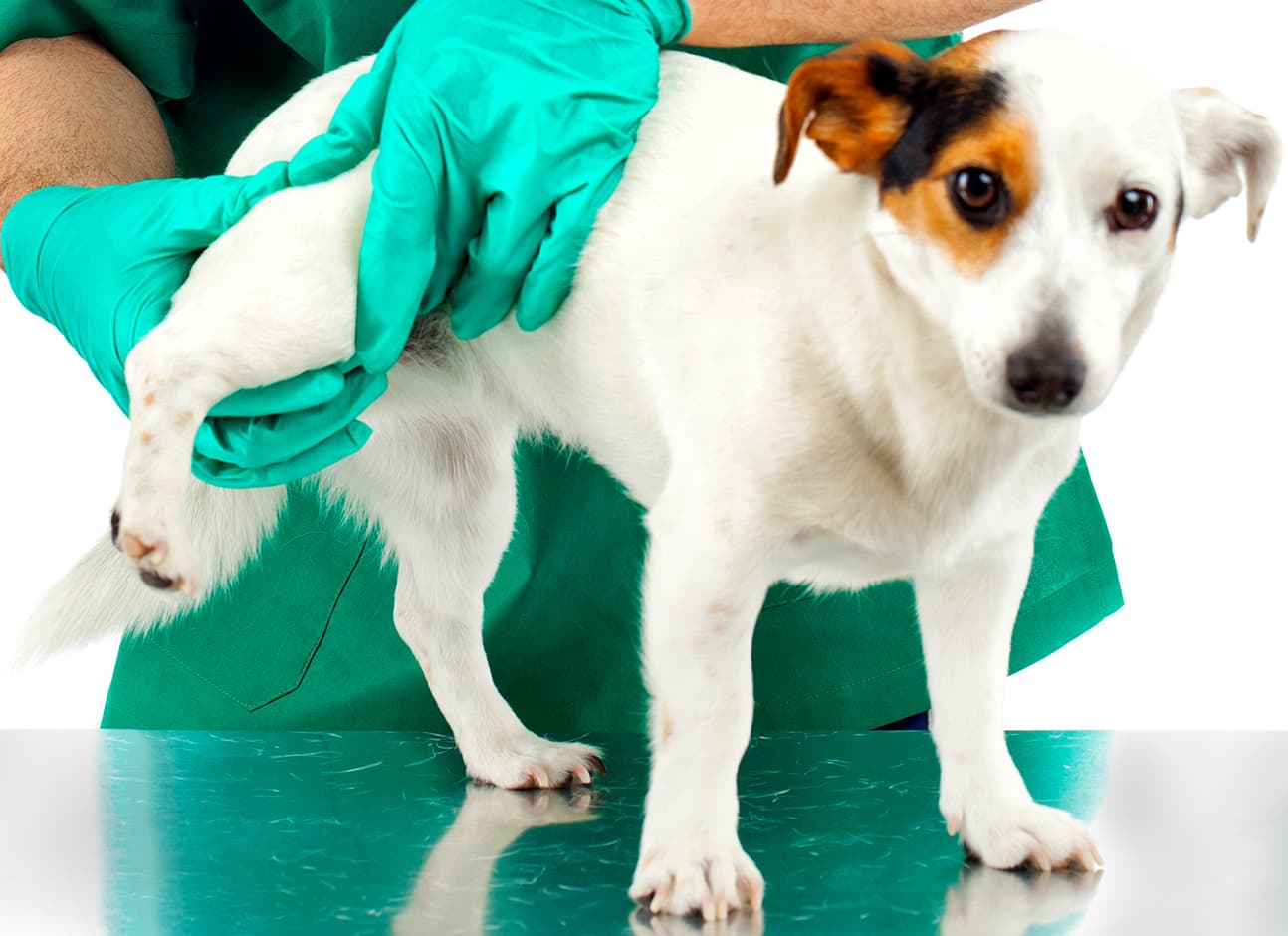Hip dysplasia is a skeletal disorder that is more common among large dog breeds. Canine hip dysplasia is caused by the frictional abrasion of the hip joint in lieu of a smooth sliding motion. This leads to the gradual and eventual deterioration of the joint, and it inevitably loses its function and mobility. Some common symptoms of canine hip dysplasia include limited mobility, unsteady gait, trouble standing, walking, or jumping, pain, reduced thigh muscle mass, stiffness or lameness.
There is evidence to suggest that hip dysplasia may have a genetic link with large dog breeds such as Saint Bernards, Golden Retrievers, Great Danes, German Shepherds, and Bulldogs at a higher risk of developing the condition. However, this does not mean that smaller dog breeds are entirely safe from developing the disorder as canine hip dysplasia is quite common. For many dog owners, this can be a cause of great worry and stress. However, there are a few preventative measures that you can take to help your canine friends.
Treatment for hip dysplasia includes weight control strategies, physiotherapy, decreased exercises on hard surfaces, and joint supplements. Depending on the progression of the condition and your pet’s current medical situation, your veterinarian may also suggest certain surgical options namely Double or Triple pelvic osteotomy (DPO or TPO), Femoral head ostectomy (FHO), and Total hip replacement (THR).
There are certain steps that you can take to control the likelihood of your pet developing hip dysplasia. Diligently maintaining your dog’s body weight in order to reduce the chances of obesity, through vet-recommended diets and the right exercise regimes, and taking them to the veterinarian for regular health checks are some ways to prevent hip dysplasia in your dog.
Although hip dysplasia is a serious condition, most dogs go on to lead long and fulfilling lives especially with the right veterinary care and support. You can consult with your veterinarian to learn more about the ways in which you can help your dog in the case of canine hip dysplasia.
